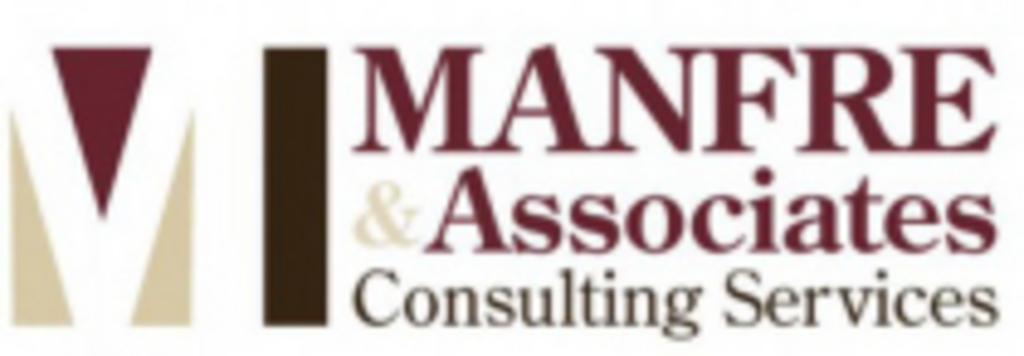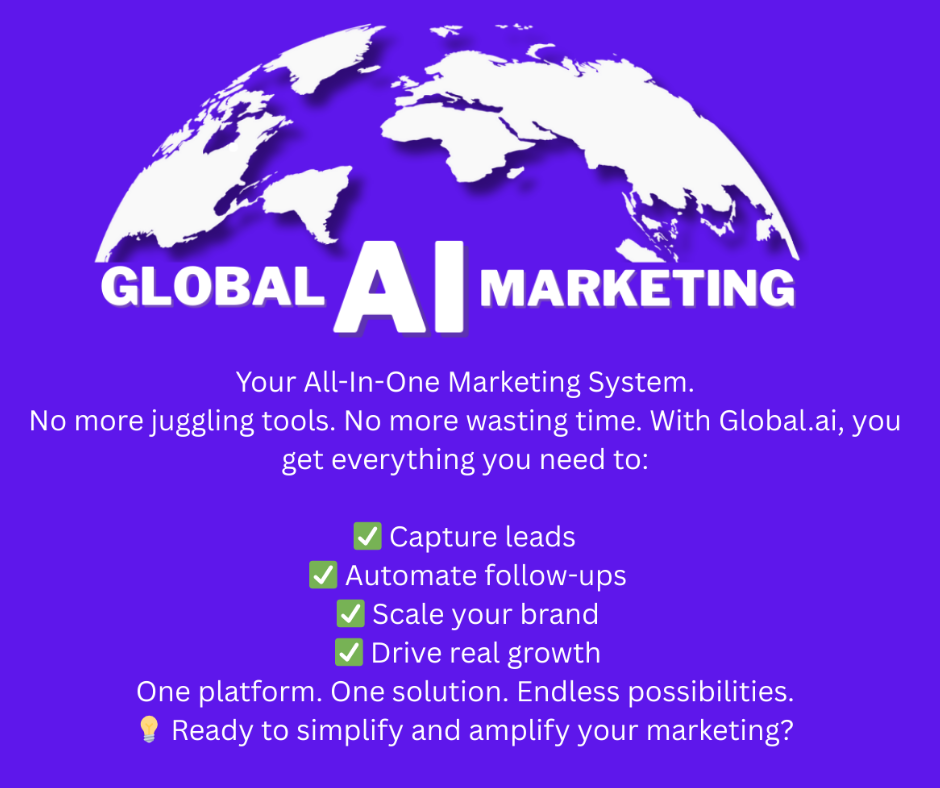The Power of Curiosity, Collaboration, and an Open Mind

The Power of Curiosity, Collaboration, and an Open Mind
There’s something powerful about looking back and realizing that life’s most meaningful shifts didn’t always come from strategy, but from curiosity, connection, and an open mind.
I’ve learned that when you lead with a willingness to grow—without always knowing the “how”—you open doors that would never have appeared on a whiteboard or business plan.
Over the years, I’ve built multiple ventures, consulted in industries from insurance to infrastructure, and coached people through both personal and professional transformation. But if I’m being real with you… the biggest wins weren’t always planned.
They came from
conversations. From listening. From asking, “What are you working on?” or “How can I help?” From staying open to ideas—even if they didn’t align with my current path at the time.
🔍 The Gift of Curiosity
Curiosity isn’t just a trait. It’s a strategy. It’s allowed me to step into new rooms, ask better questions, and more importantly, learn from people whose stories I never would have heard otherwise.
Sometimes, all it took was a genuine interest in someone else’s journey to unlock a new skill set, opportunity, or purpose I hadn’t yet discovered within myself.
📌 5 Practical Strategies to Turn Curiosity into Growth and Opportunity
1️⃣ Schedule “Curiosity Conversations” Weekly
- What it is: Block 30 minutes each week to reach out to someone doing interesting work — even if it’s outside your industry.
- Why: Fresh perspectives spark fresh ideas. The unexpected insights often fuel the best opportunities.
- How to start: Message them: “I admire what you’re doing in [area]. I’d love to learn more about your journey — would you be open to a quick chat this week?”
2️⃣ Practice the “3-Question Rule” in Every Interaction
Whenever you meet someone new or catch up with a contact:
Ask these three things:
- What’s something you’re working on right now that excites you?
- What’s a challenge you’re navigating?
- Is there a connection, idea, or resource I might be able to share to help you?
- Why: You’ll build stronger, meaningful relationships by being present and helpful without expecting anything in return.
3️⃣ Pick One New Skill to Learn Every 60 Days
Why: It keeps your mind sharp, adds value to your business, and positions you for unexpected opportunities.
Examples:
- LinkedIn video marketing
- AI content tools
- Public speaking
- Basic graphic design
- Sales psychology
How:
Take a short online course, join a community, or shadow someone who’s already doing it well.
4️⃣ Create a “Curiosity Journal”
- What it is: A simple notebook or digital doc where you jot down:
- Topics you want to learn more about
- People you want to connect with
- Ideas that randomly pop up during the day
Why: It keeps your mind actively searching for opportunities in daily life, not just during “work hours.”
5️⃣ Host a Monthly Idea Exchange
- How it works: Invite 5-8 friends, business owners, or leaders you respect for a casual Zoom or coffee meetup.
Format:
- Everyone shares one insight, opportunity, or challenge they’re facing.
- Others offer thoughts, resources, or connections.
Why:
You build collective momentum and uncover hidden opportunities in your existing network.
📈 Closing Thought: Stay in Motion
Curiosity is like a muscle — the more you use it, the more doors it opens. Opportunities are out there waiting. You don’t have to chase them, but you do have to be in motion to meet them.
✅ Quick Call to Action:
Which of these five will you start with this week?
Drop me a note or comment — let’s build on it together.
If you'd like, I’m considering starting a
private monthly idea exchange or mastermind session.
If that sounds interesting, reply
“I’m in” and I’ll send details soon.
🤝 Collaboration Over Competition
In today’s noisy world, many people still operate in silos, protecting “what’s theirs.” But what I’ve found is that when you lean into collaboration, you don’t lose—you multiply. Ideas spark. Partnerships form. And more often than not, you find yourself part of something bigger than you initially imagined.
I’ve watched this happen again and again—especially when I didn’t try to control the outcome and just led with service.
💡 New Skills, New Seasons
If you had told me ten years ago that I’d be deep in the world of digital growth, community building, or helping young entrepreneurs navigate purpose and faith—I might’ve looked at you sideways.
But here we are. Because I stayed open. Because I kept asking questions. Because I refused to settle for "this is just the way it is."
✅ A Few Lessons That Continue to Guide Me:
- Be radically open to what (or who) God puts in your path.
- Treat every connection as a doorway—not a transaction.
- Learn the skills that make you valuable, but never stop growing the character that makes you dependable.
- And when in doubt—serve first, ask second.
As I continue this journey, I feel more passionate than ever about sharing not just what I’ve done, but how staying curious, coachable, and collaborative has made all the difference.
We’re not meant to walk this path alone. And more often than not, your next chapter won’t come from chasing— It’ll come from connecting.
Let’s grow together. If you’re on a similar path of growth, reinvention, or just want to learn how to turn curiosity into collaboration and purpose into progress— reach out.
Doors open when we do.
– Rene’ Manfre Helping others grow through curiosity, connection, and God-given purpose




